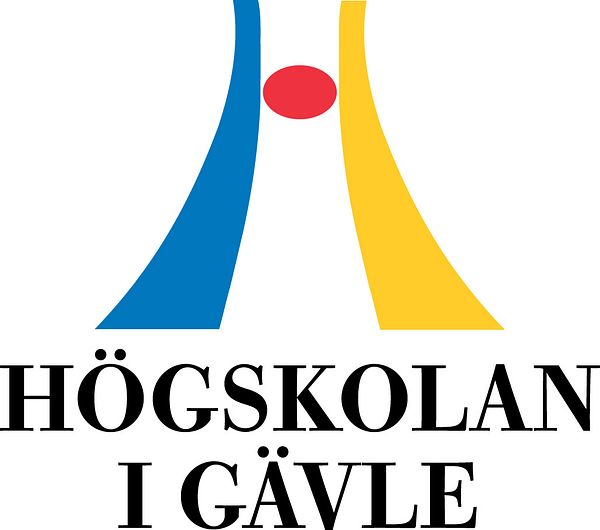Press release -
Doctoral student halved electricity consumption of world-leading company
“Bumax’s improvement is fantastic and it’s so rewarding to see that our support and our methods have become so useful to companies,” says Ida Johansson, doctoral student in energy systems at the University of Gävle.
Ida Johansson has participated in the energy mapping at Bumax, one of the largest export companies in Gävleborg. Bumax is a world-leading manufacturer of premium stainless-steel fasteners for submarines, oil rigs, cancer care, space research and much more.
“They described their entire flow with operation times and machine use, and we calculated the energy balance and provided suggestions regarding effective measures,” Ida Johansson says.
A European project
To Ida, it important to support small and middle-sized companies. More often than not, these are both very interested in and see the benefits of energy efficiency, but find it difficult to engage in this process on their own as they need to prioritise production at all times.
At the present time, Ida is evaluating their project and she is communicating their results to other European regions in an EU project.
“As researchers, we learn a great deal from working out in the companies, since they are expert on their own activities and theories do not always work in practice,” Ida Johansson explains.
Bumax halved their energy consumption
Bumax is a world-leading manufacturer of premium stainless-steel fasteners and one of the largest export companies in Gästrikland. They deliver stainless steel fasteners for submarines, oil rigs, cancer care, space research and much more.
The plant with its head office in Åshammar in Gästrikland has managed to halve their energy and electricity consumption.
“This is a major achievement for a manufacturing company with a large factory, and it’s good both for the environment and for our competitiveness,” says Managing Director Patrik Lundström Törnquist.
The University shared their knowledge
For this project, the University of Gävle gathered around 50 small and middle-sized companies from Gävleborg; for three years these were given access to researchers and experienced energy experts from the University. The first step was to carry out energy mapping to calculate the current energy consumption and then to suggest cost-efficient measures.
“We have disseminated knowledge and the result is that the energy consumption in the companies has been reduced by 16 percent on average. We are very grateful for having been able to take this journey, which has given us new knowledge as well,” says Patrik Thollander, professor in energy systems at the University of Gävle
Patrik Thollander tells us that they are continuing with a project in which the companies practice making their value streams more efficient and that another project focuses on securing energy supply. Patrik welcomes more companies to participate in these projects.
“There is a huge interest for our project in other European regions. They want to hear what we have done,” Patrik Thollander says.
Ida Johansson, doctoral student in energy systems at the University of Gävle
Phone: 070-721 39 70
E-mail: ida.johansson@hig.se
Patrik Thollander, professor in energy systems at the University of Gävle
Phone: 070-388 15 79
E- mail: patrik.thollander@hig.se
Patrik Lundström Törnquist, CEO Bumax
Tel: 070-260 47 05
Text: Douglas Öhrbom
Photo Ida Johansson: Anna Sällberg
Topics
- Economy
Categories
- patrik thollander
- ida johansson
- bumax
- sustainable production
- energy saving
- energy balance
- energy efficiency
- energy audit
- sustainable living environment
- research
- university of gävle
Education and Research at a Scenic Campus.
The University of Gävle has approximately 17 000 students, more than 50 study programmes and second-cycle programmes, about 1 000 courses in humanities, social and natural sciences and technology.
Research Profiles
Built Environment and Health-promoting Working Life are the general research profiles of the higher education institution. Important parts included are Spatial Planning with a specialisation in Sustainable Built Environment and Musculoskeletal Disorders with the purpose to prevent work-related injuries. In 2010, the higher education institution received permission to carry out third-cycle programmes in the profile area of Built Environment.
The higher education institution has applied for permission to carry out third-cycle programmes in technology, humanities and social sciences.
